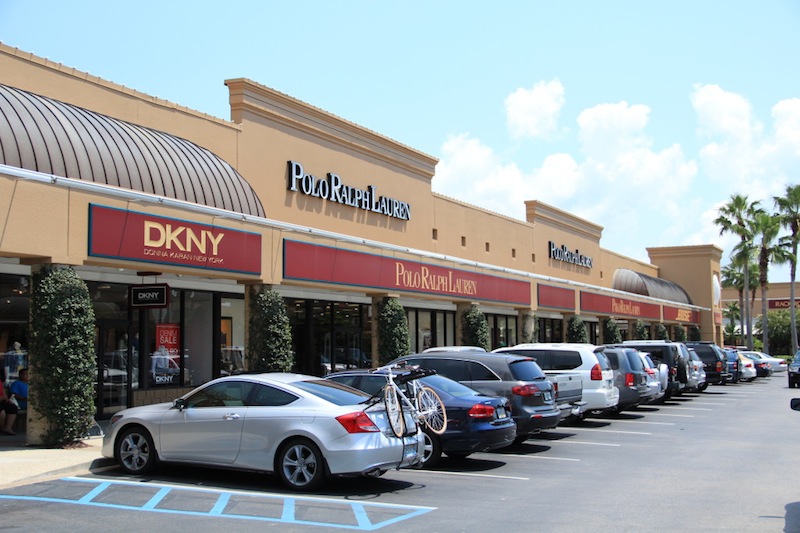Like digging a ditch with a spoon, retail demand driven by population growth has eaten away at the supply of available store space in the markets that have been slowest to recover from the downturn. It has been a long row to hoe, but vacancy rates are reaching a point that will give at least some landlords in every market the clout to demand slightly higher rents.
“We’re not quite there yet, but by the end of this year virtually all markets should see rent growth,” said Greg Maloney, President and Chief Executive Officer, Jones Lang LaSalle Retail Group. “Quite a few markets are already posting year-over-year growth, including Miami, Fort Lauderdale, Dallas, New York, Tampa, San Francisco, Hawaii, Los Angeles and Boston.”
Most of those rent-growth metros are enjoying robust local economies, many driven by energy or high tech employment. Houston will soon join the list, although it has yet to achieve year-over-year rent growth.
Maloney added, “It’s important to note that many of the markets that are experiencing robust growth are also the ones that had the steepest decline.”
National averages show rents still on the decline, falling a scant 0.2 percent from a year ago, according to Jones Lang LaSalle’s United States Spring Retail Forecast, published today. Yet rents overall were up 0.3 percent from the previous quarter, providing an early glimmer of a more widespread turnaround.
Outlets are in
Increased consumer interest in value retail has already fueled sales and growing store counts for many retailers that specialize in do-it-yourself home or automotive repairs and low-cost consumer goods. The same fervor for value has also pushed outlet centers to the forefront of retail real estate performance, researchers found.
“Outlet center performance has been outstanding in recent years, with developers racing to bring more centers to market to meet growing demand,” said Kristin Mueller, Chief Operating Officer, Jones Lang LaSalle.
“The quality of retailers tenanting outlets is becoming more sophisticated and upscale as well,” Mueller said. “Success has enabled outlet landlords to be more picky, and they have more retailers to choose from because even some luxury brands and department stores are dipping their feet into the outlet concept.”
Other highlights from the Spring Retail Forecast:
- The slow improvement in retail real estate fundamentals reflects the glacial progress of the economic recovery; annualized gross domestic product growth averaged just 1.8 percent over the past four quarters, while the jobless rate stands at a disheartening 7.6 percent.
- Vacancy inched down 10 basis points to 6.7 percent in the first quarter, down 80 basis points from the cyclical peak in the first half of 2010 but well above its 10-year average.
- Strip and neighborhood shopping centers have the highest vacancy rate among property types at 10.4 percent, but are finally starting to see a turnaround, with vacancies dropping some 11 percent year-over-year for the first time since 2009. Power centers posted the largest vacancy decline, falling 60 basis points year-over-year to 5.9 percent.
JLL Retail offers comprehensive retail services to meet the expanding needs of investors and occupiers of real estate. As the leading retail service provider, Jones Lang LaSalle manages a portfolio of 94 million square feet of retail centers within the United States and delivers service offerings to 80+ retailers – locally and nationally. For more information on JLL Retail, visit www.jllretail.com.
About Jones Lang LaSalle
Jones Lang LaSalle (NYSE:JLL) is a professional services and investment management firm offering specialized real estate services to clients seeking increased value by owning, occupying and investing in real estate. With annual revenue of $3.9 billion, Jones Lang LaSalle operates in 70 countries from more than 1,000 locations worldwide. On behalf of its clients, the firm provides management and real estate outsourcing services to a property portfolio of 2.6 billion square feet. Its investment management business, LaSalle Investment Management, has $47.0 billion of real estate assets under management. For further information, visit www.jll.com.
Related Stories
| Aug 11, 2010
PBK, DLR Group among nation's largest K-12 school design firms, according to BD+C's Giants 300 report
A ranking of the Top 75 K-12 School Design Firms based on Building Design+Construction's 2009 Giants 300 survey. For more Giants 300 rankings, visit http://www.BDCnetwork.com/Giants
| Aug 11, 2010
Turner Building Cost Index dips nearly 4% in second quarter 2009
Turner Construction Company announced that the second quarter 2009 Turner Building Cost Index, which measures nonresidential building construction costs in the U.S., has decreased 3.35% from the first quarter 2009 and is 8.92% lower than its peak in the second quarter of 2008. The Turner Building Cost Index number for second quarter 2009 is 837.
| Aug 11, 2010
AGC unveils comprehensive plan to revive the construction industry
The Associated General Contractors of America unveiled a new plan today designed to revive the nation’s construction industry. The plan, “Build Now for the Future: A Blueprint for Economic Growth,” is designed to reverse predictions that construction activity will continue to shrink through 2010, crippling broader economic growth.
| Aug 11, 2010
New AIA report on embassies: integrate security and design excellence
The American Institute of Architects (AIA) released a new report to help the State Department design and build 21st Century embassies.
| Aug 11, 2010
Section Eight Design wins 2009 Open Architecture Challenge for classroom design
Victor, Idaho-based Section Eight Design beat out seven other finalists to win the 2009 Open Architecture Challenge: Classroom, spearheaded by the Open Architecture Network. Section Eight partnered with Teton Valley Community School (TVCS) in Victor to design the classroom of the future. Currently based out of a remodeled house, students at Teton Valley Community School are now one step closer to getting a real classroom.







